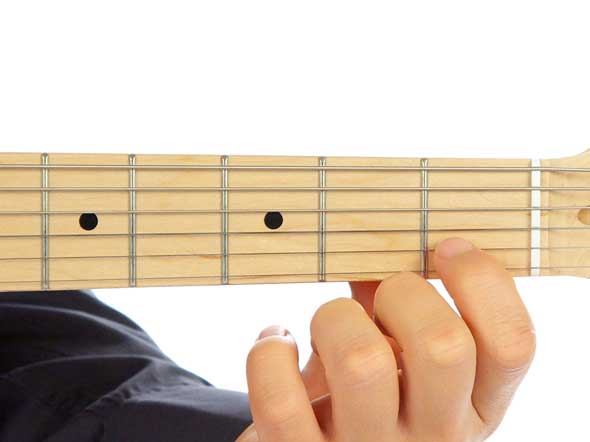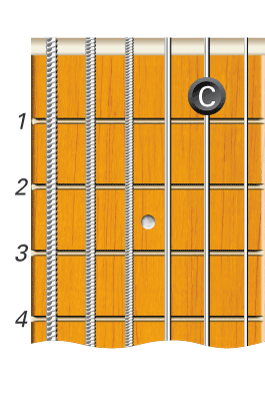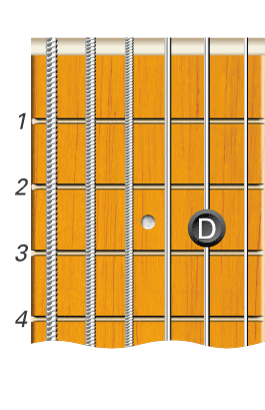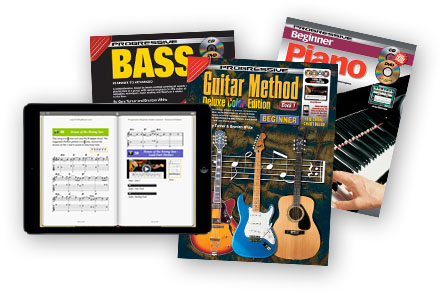<< First < Previous | Intro 1 2 3 4 5 | Next > Last >>
Back to Table of Contents
In the count the larger blue numbers indicate when a note or strum is played. The smaller grey numbers indicate to hold the previous note or strum until the next blue number. The following examples use all of the notes and chords you have learned so far.
| 4 | (Lead Part Notes) |
Video
| 4 | (Rhythm Part Chords) |
Video
| 5 | Ode to Joy |
This song is the melody to Beethoven’s 9th Symphony. Instead of writing the strumming above each bar of music, it is easier to write it as a Rhythm Pattern. This indicates which strumming pattern to use in each bar throughout the song. In bar 8 there are two chords in the bar. Each one receives two counts. Remember to use the slide finger when changing between the G and D7.
| 5 | Ode to Joy (Lead Part Notes) |
Video
| 5 | Ode to Joy (Rhythm Part Chords) |
Video
The Pivot
When changing between the C and D7 chords the first finger does not move. The note played by the first finger (a C note) is common to both chords. The second and third fingers move to their new position and the first finger acts as a pivot. Use the slide finger when changing between G and D7. Always end a chord progression by strumming the first chord.
| 6 |
Video
| 7 |
Video
Rests
A rest is a period of silence. Small count-numbers are placed under rests.
If a rest comes after you have played a note, you must stop the note sounding. To do this, lift your finger off the fret but keep it lightly touching the string. To stop an open string sounding, lightly touch it with any finger of your left hand.
| 8 | Aura Lee |
This song Aura Leeuses all the notes and chords you have learned so far. It also contains quarter and half rests. Remember to count as you play to help you keep time.
| 8 | Aura Lee (Lead Part Notes) |
Video
| 8 | Aura Lee (Rhythm Part Chords) |
Video
<< First < Previous | Intro 1 2 3 4 5 | Next > Last >>
Back to Table of Contents



















































